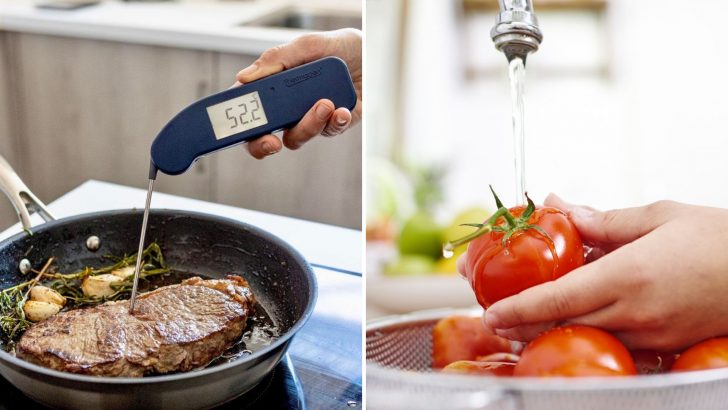Cooking at home is a delightful adventure, but lurking in the kitchen are dangers that could turn your culinary masterpieces into health risks. Join me as we uncover the sneaky mistakes that can sabotage your meals and health.
Together, we’ll transform your kitchen into a safe, flavorful haven where delicious dishes and safety go hand in hand! Let’s cook up some fun and avoid those common kitchen pitfalls.
1. Improper Temperature Control
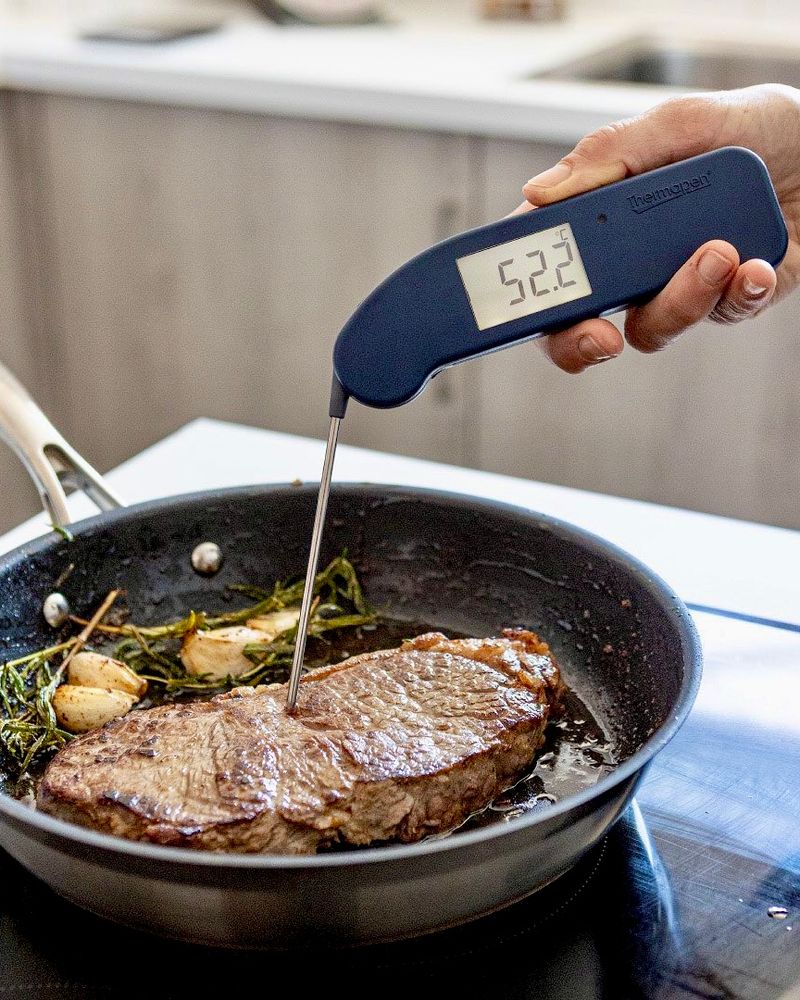
Temperature is a critical factor that’s often overlooked but can quickly become your worst enemy if not managed properly. Cooking at incorrect temperatures creates the perfect environment for harmful bacteria to multiply, increasing the risk of food poisoning.
Always use a reliable thermometer to ensure your meals reach a safe cooking temperature, helping to protect your loved ones from potential harm.
2. Cross-Contamination
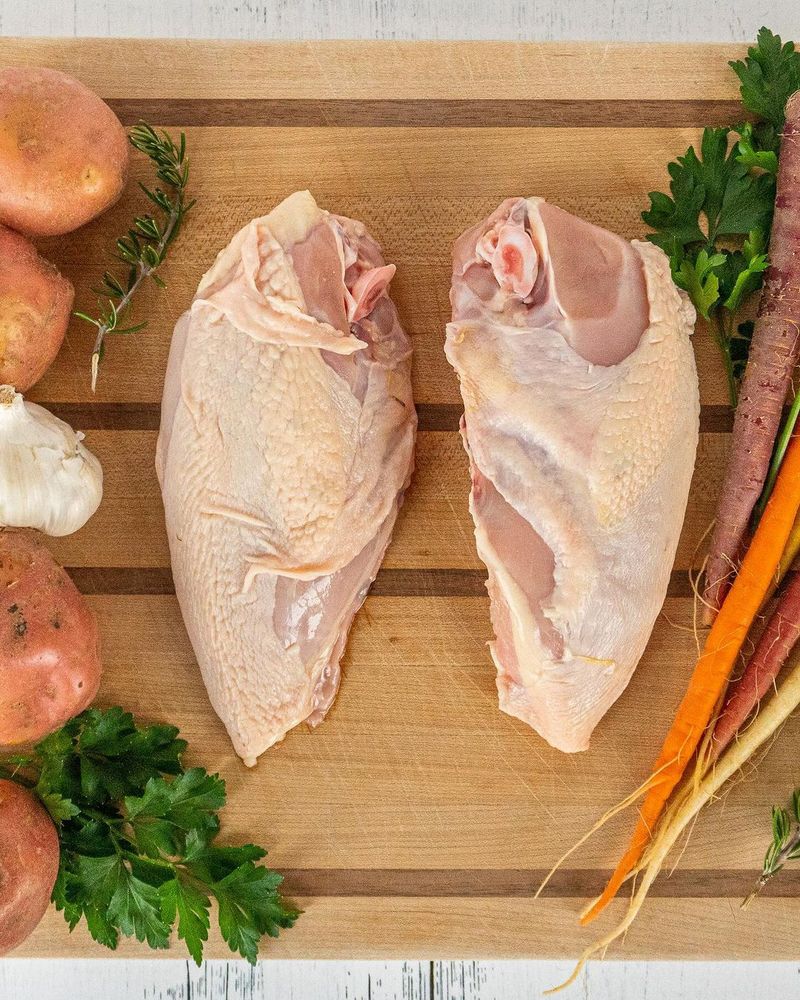
Cross-contamination is a sneaky intruder, silently transferring harmful bacteria from raw meats to other foods. Picture preparing a salad on a cutting board where raw chicken was handled without proper cleaning.
The result could be an unexpected and unpleasant bout of foodborne illness. Always wash hands, surfaces, and utensils thoroughly, segregating raw and cooked items, to protect your family from this invisible threat.
3. Ignoring Expiration Dates
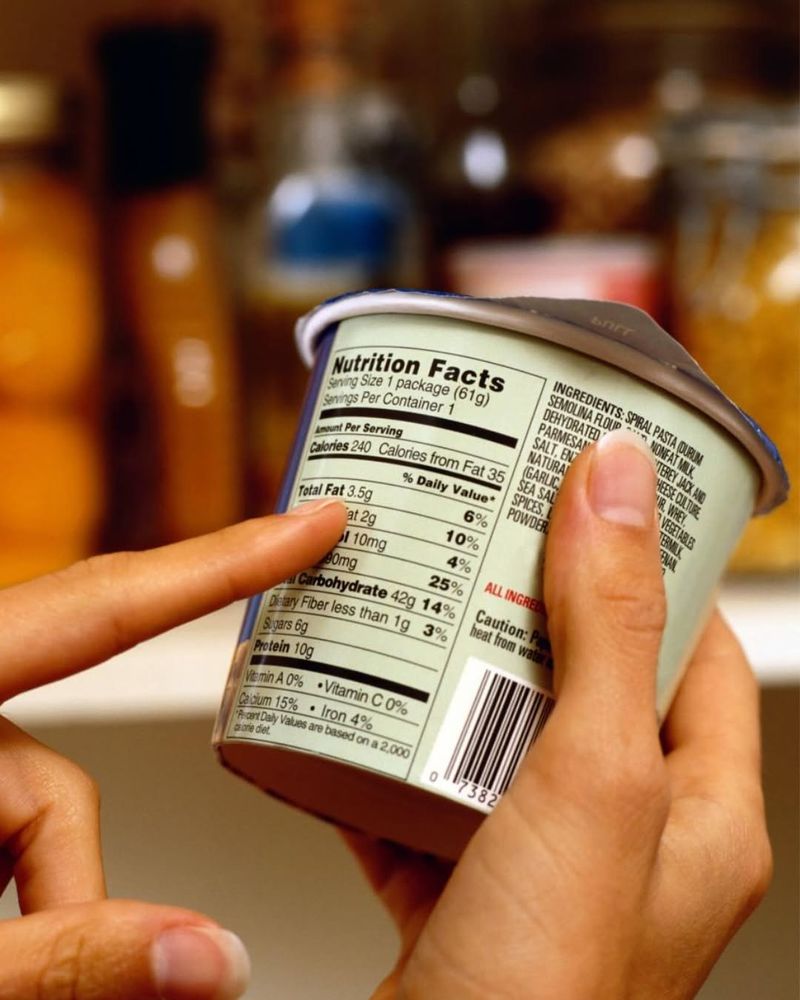
Expiration dates, those small print labels, hold significant power over our health. Ignoring them could lead to consuming spoiled or unsafe products.
Imagine serving expired dairy at breakfast; it might seem fine, but the risk of illness looms large. Make checking those dates a regular routine, and clear out expired items, ensuring that freshness reigns supreme in your kitchen.
4. Improper Food Storage

Storage is an often-overlooked aspect of cooking, but improper methods can lead to serious consequences. Keeping perishables at the wrong temperature creates the perfect environment for bacteria to grow.
Imagine leaving leftovers out on the counter overnight—they quickly become a breeding ground for harmful pathogens. To keep your kitchen safe, refrigerate food promptly, seal items properly, and stay organized to avoid any unexpected health risks.
5. Undercooking Meat

Undercooked meat can pose serious health risks because it may harbor harmful bacteria, parasites, or viruses that aren’t killed off by improper cooking. For example, beef can contain E. coli, poultry may have salmonella, and pork could carry trichinosis, all of which can cause food poisoning.
When meat isn’t cooked to the correct internal temperature, these pathogens remain alive and can multiply, leading to symptoms like nausea, vomiting, diarrhea, and fever.
6. Using Dirty Utensils

Using dirty utensils in the kitchen can easily lead to contamination and foodborne illness. Bacteria from raw meat can linger on knives, cutting boards, or spoons if not properly cleaned, then spread to other foods, especially if they’re not cooked.
Even something as simple as a knife used for cutting chicken, then reused for slicing vegetables without washing, can cross-contaminate and make you sick. Always ensure utensils are properly cleaned and sanitized between uses to keep your food safe and prevent harmful pathogens from spoiling your meal.
7. Unwashed Produce
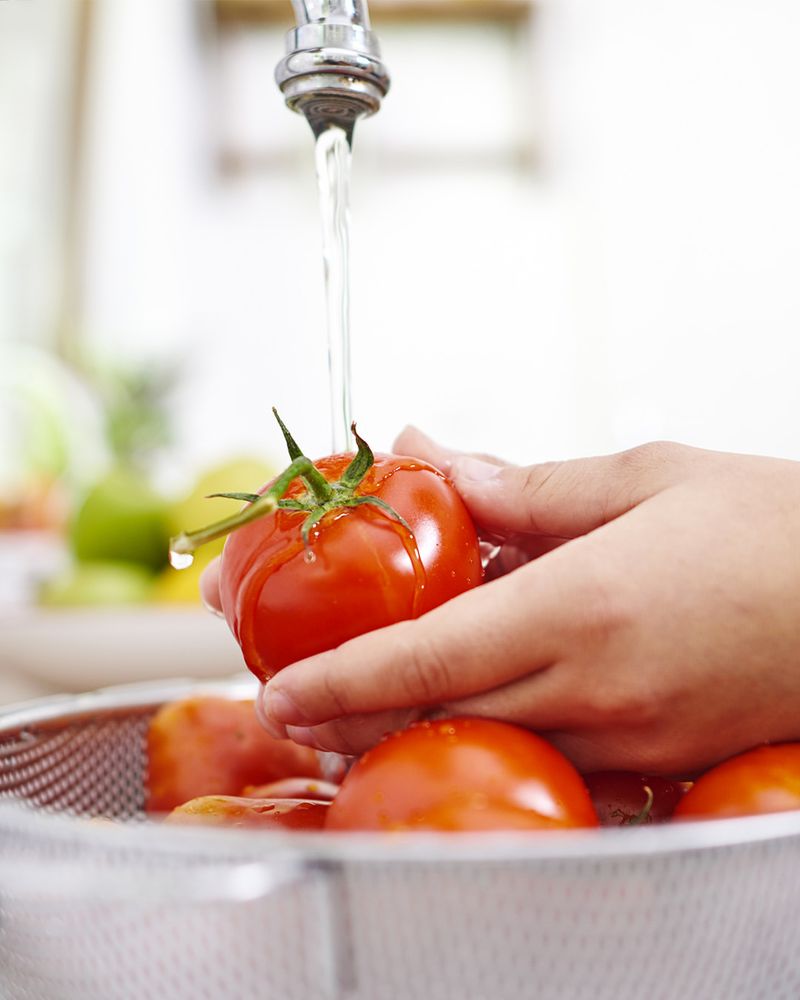
Unwashed produce can carry harmful bacteria, pesticides, and other contaminants that pose serious health risks. Fruits and vegetables often come into contact with soil, water, or handling during transportation, which can harbor pathogens.
If not properly washed, these contaminants can end up in your meal, leading to foodborne illnesses. Even organic produce can be contaminated, so it’s essential to thoroughly wash all fruits and vegetables before eating to reduce the risk of poisoning and ensure your food is safe to consume.
8. Overusing Leftovers
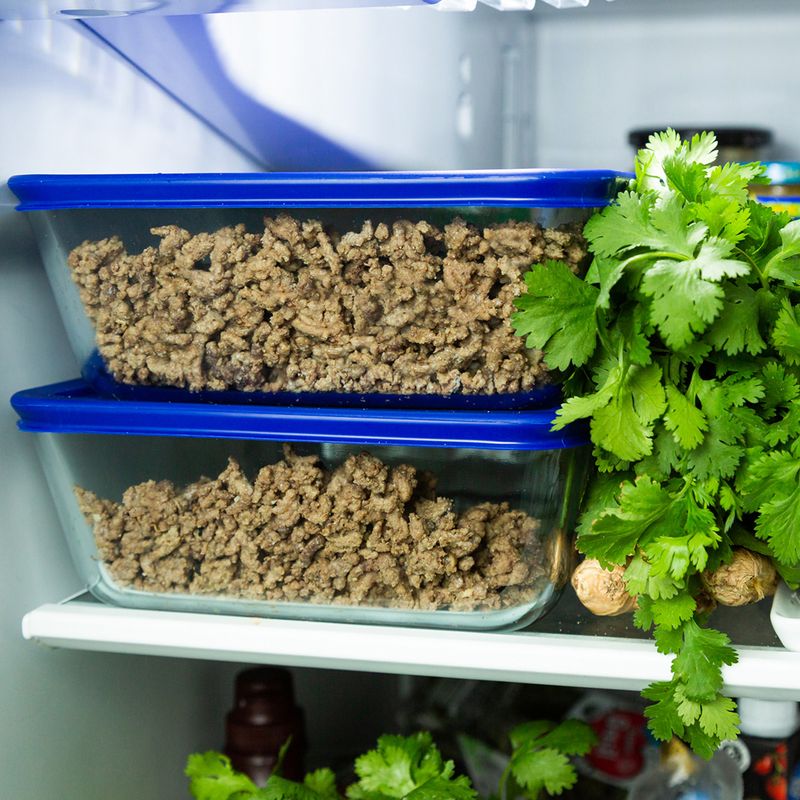
Overusing leftovers can increase the risk of foodborne illness if they aren’t stored or reheated properly. While leftovers can be a convenient option, keeping them too long or reheating them multiple times can allow harmful bacteria to grow, especially if they were initially stored at the wrong temperature.
Always ensure leftovers are stored correctly, reheated thoroughly, and consumed within a safe time frame to avoid potential health risks.
9. Improper Thawing Techniques
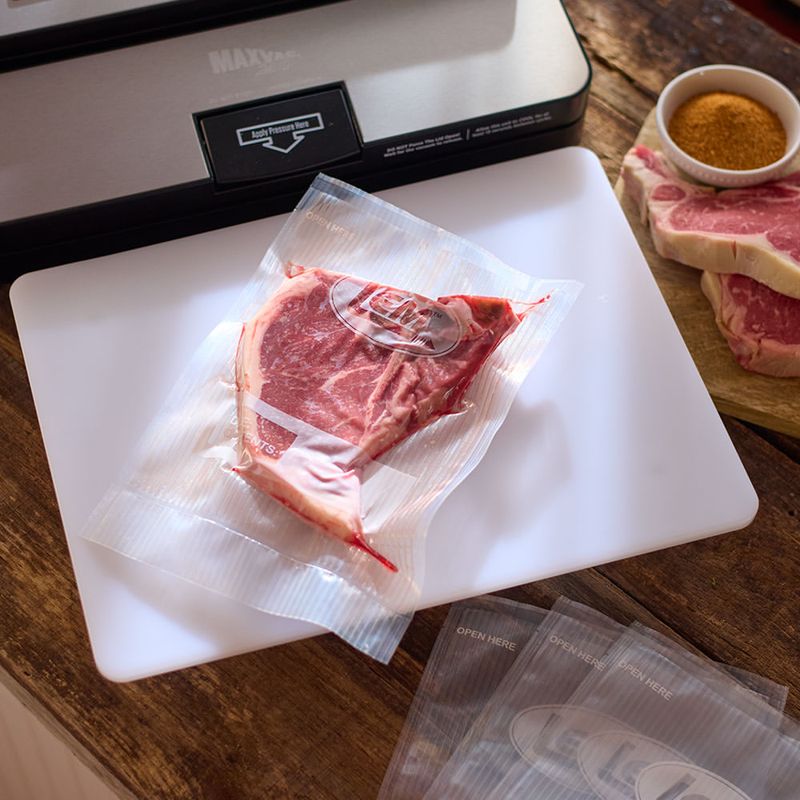
Improper thawing techniques can turn frozen food into a breeding ground for harmful bacteria. Thawing meat or poultry on the counter may seem convenient, but it allows the outer layers to reach unsafe temperatures while the inside remains frozen.
Similarly, thawing food in hot water can cause it to warm up too quickly, promoting bacterial growth. To safely thaw food, always use the refrigerator, a microwave, or cold water (in a sealed bag), ensuring it reaches a safe temperature before cooking to avoid foodborne illnesses.
10. Using Expired Spices
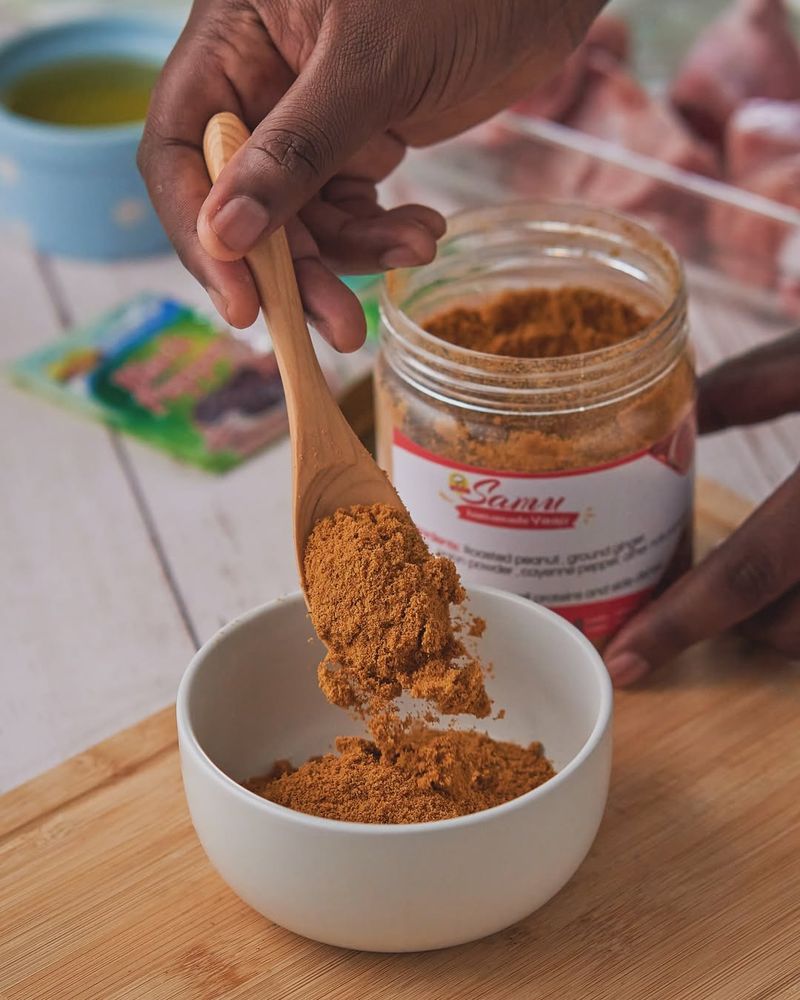
Using expired spices can compromise both the flavor and safety of your food. While spices don’t spoil in the same way perishable foods do, they can lose their potency and develop harmful bacteria or mold over time.
Old spices may also harbor toxins that could cause digestive upset or allergic reactions. To ensure your dishes stay flavorful and safe, always check the expiration dates and properly store spices in a cool, dry place, away from light and humidity.
11. Neglecting Hand Hygiene
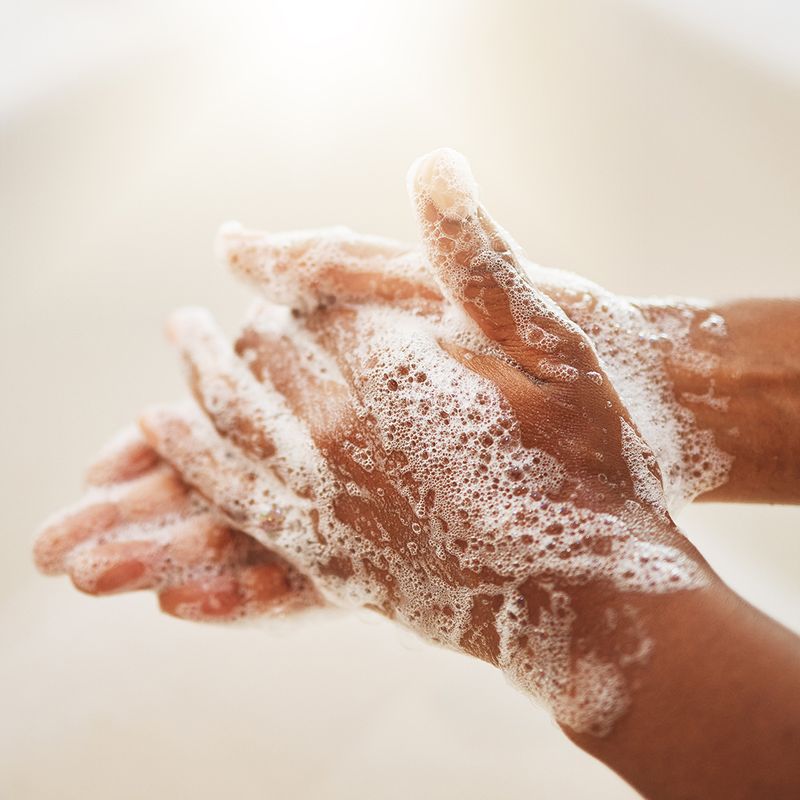
Neglecting hand hygiene in the kitchen is one of the easiest ways to spread harmful bacteria and cause foodborne illnesses. Hands can carry bacteria from raw meats, unwashed produce, or even surfaces like countertops, transferring them to the food you’re preparing.
Without proper handwashing, you risk contaminating the meal you’re cooking, leading to sickness from pathogens like E. coli, salmonella, or norovirus.
12. Failure to Refrigerate
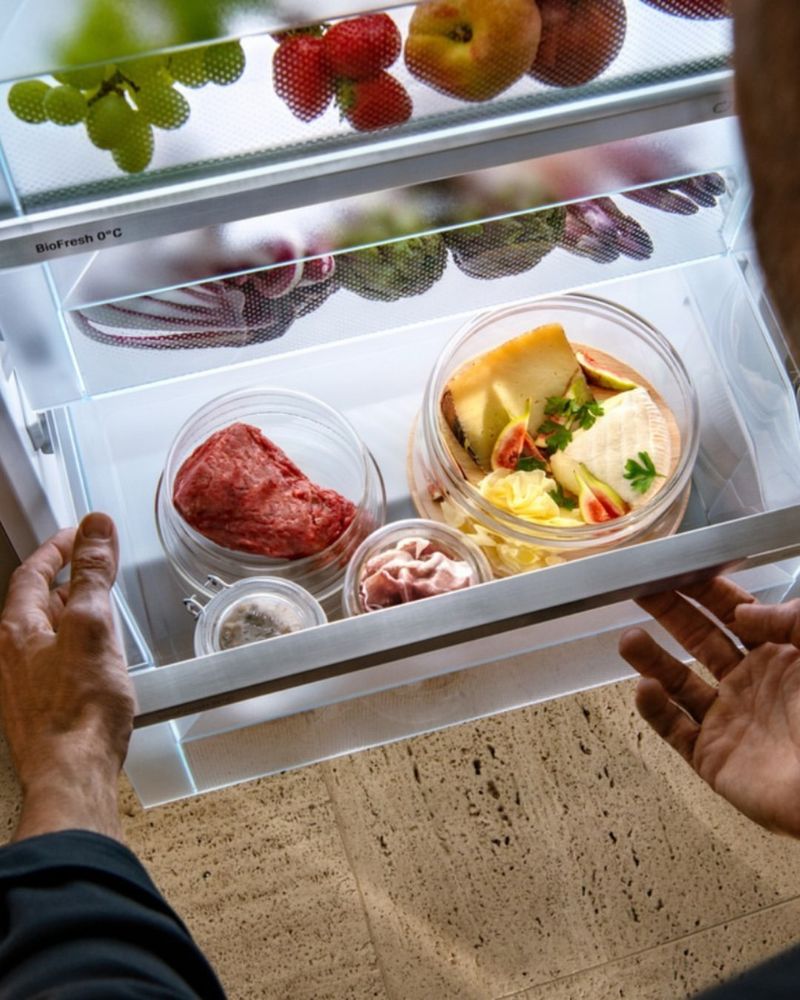
Refrigeration is more than a convenience; it’s a necessity for food safety. Failure to refrigerate promptly can lead to spoilage and bacterial growth. Perishable foods, such as meat, dairy, and leftovers, should be stored
in the fridge within two hours of cooking or purchasing to keep them at a safe temperature. When food is left out at room temperature for too long, bacteria like salmonella and listeria can multiply rapidly. Always refrigerate food right away and ensure your fridge stays at the correct temperature (below 40°F or 4°C) to keep your meals safe.
13. Improper Canning Techniques
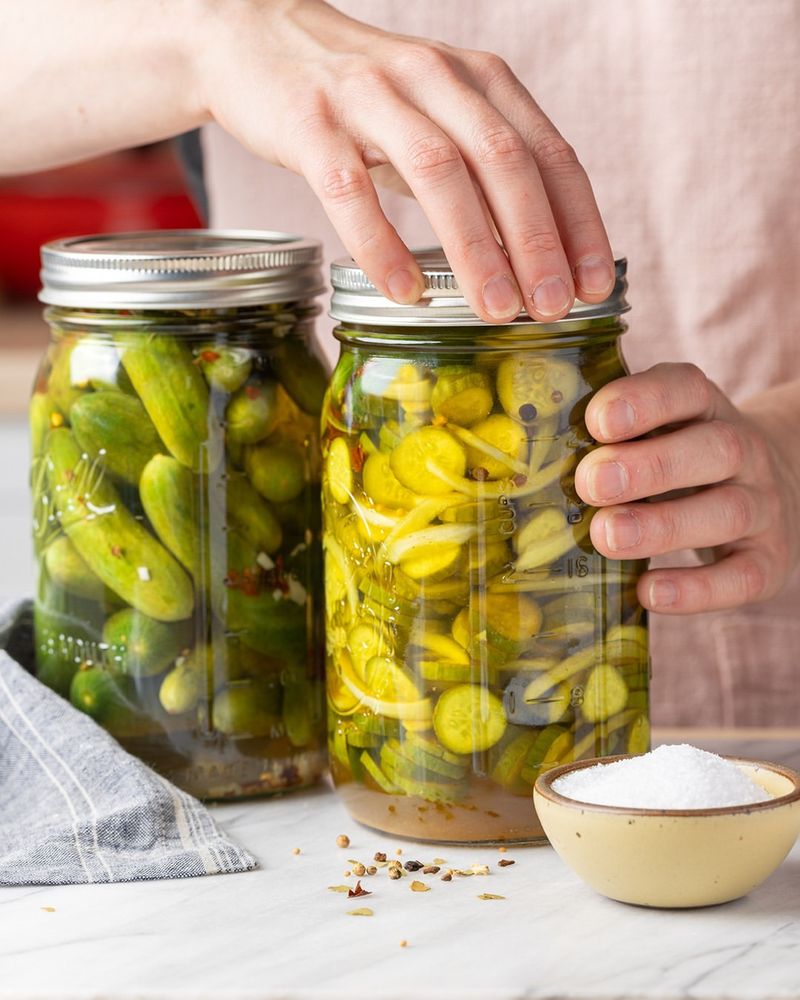
Improper canning techniques can lead to dangerous bacterial growth, particularly from botulism, a potentially fatal toxin. When jars aren’t sealed correctly or food isn’t heated to a high enough temperature, harmful microorganisms can thrive inside the sealed containers.
These bacteria produce toxins that are invisible and odorless, making them difficult to detect until it’s too late. If improperly canned foods are consumed, they can cause symptoms like dizziness, blurred vision, and difficulty swallowing.
14. Reusing Marinades
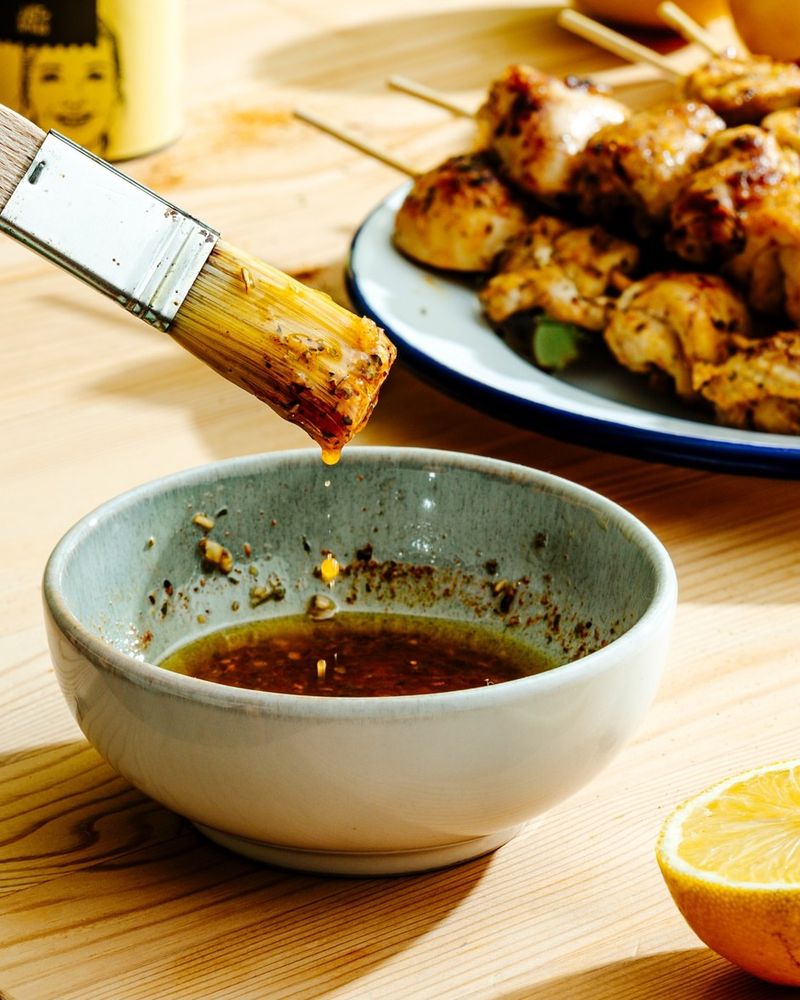
Marinades, when reused, can be a harmful practice if not handled with care. Raw juices can harbor bacteria that contaminate cooked foods. After marinating, these liquids can carry harmful bacteria, and using them again without proper cooking can lead to contamination.
Even if the marinade is boiled before reusing, it may not fully kill bacteria like salmonella or E. coli. To stay safe, always discard marinades used on raw meats and prepare a fresh batch if you want to use it for basting or dipping.
15. Ignoring Allergy Alerts

Allergies, though personal, can turn deadly if ignored in the kitchen. Cross-contamination is a real concern, especially when handling allergens like nuts, dairy, or shellfish. Even trace amounts can cause a life-threatening reaction for someone with food allergies.
Always check ingredient labels carefully, clean surfaces thoroughly, and use separate utensils when preparing food for those with allergies to ensure safety and prevent accidental exposure.
16. Improper Dishwashing
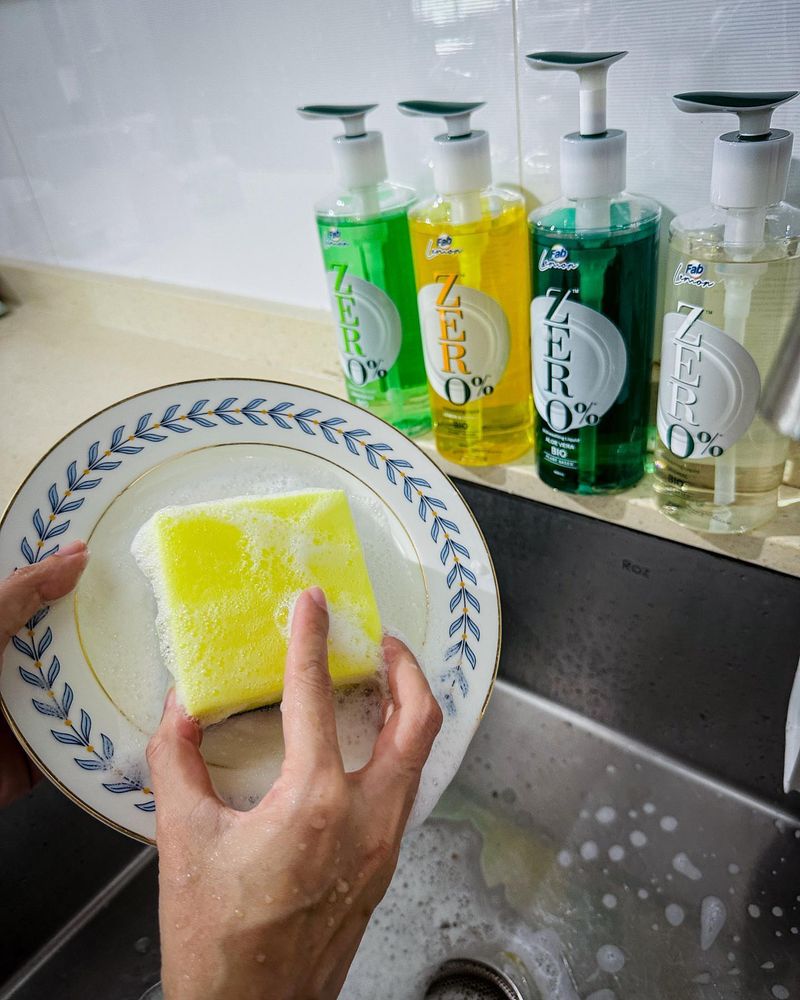
Dishwashing, when done half-heartedly, leaves germs lingering on utensils and plates, presenting a contamination hazard. If dishes aren’t washed at the right temperature or with enough soap, leftover food particles and germs can remain, contaminating your next meal.
Bacteria like salmonella and listeria can thrive on dirty dishes, leading to food poisoning. Always wash dishes with hot water and soap, using a dishwasher if possible, and dry them completely to reduce the risk of spreading germs.
17. Improper Use of Oils
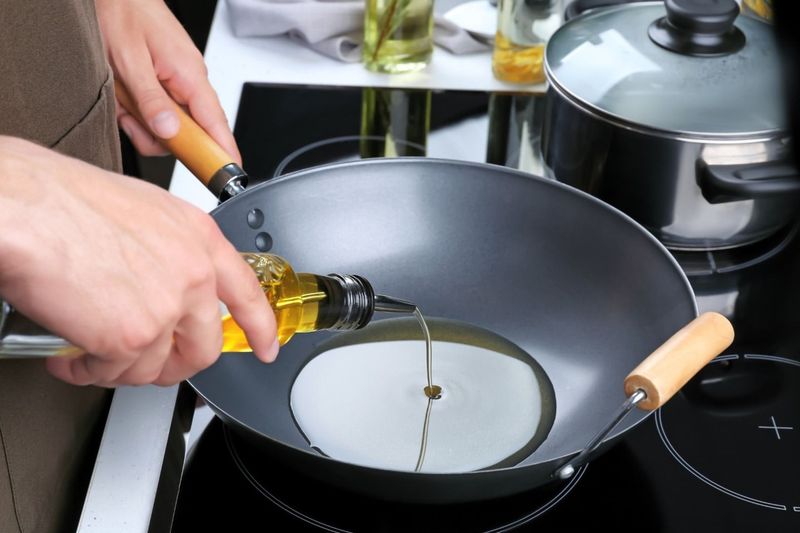
Oils, versatile and flavorful, can become harmful if used improperly. For example, heating oils past their smoke point can produce harmful compounds that irritate the digestive system and pose long-term health risks.
Also, reusing oil multiple times can break down its structure, turning it into a breeding ground for free radicals and harmful substances. Always use oils within their recommended temperature ranges and avoid reusing them to preserve both flavor and safety.
18. Forgetting to Clean Appliances
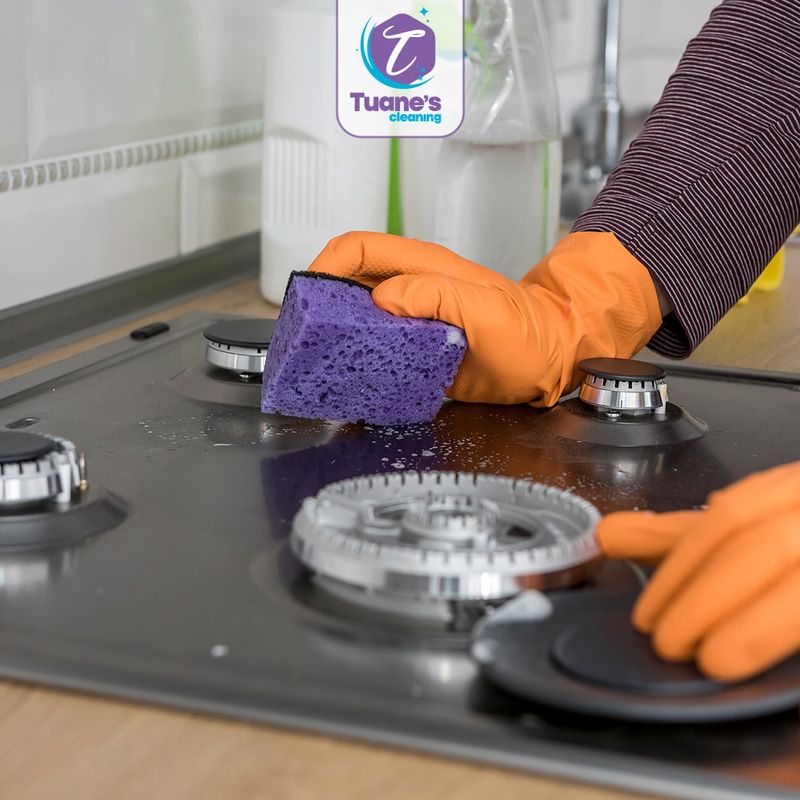
Appliances, though reliable, require regular cleaning to prevent contamination. Over time, grease, crumbs, and spills can accumulate in places like your blender, toaster, or microwave, creating a perfect environment for germs to grow.
These appliances can transfer bacteria to your food, even if they seem clean on the outside. Regular cleaning and maintenance of your kitchen appliances are crucial to ensuring your food stays safe and contamination-free.
19. Using Unsafe Water Sources

Water, a universal ingredient, can be unsafe if contaminated. Using questionable sources introduces bacteria and chemicals into your meals.
Water from contaminated sources, such as untreated wells or improperly filtered systems, can harbor pathogens like giardia or E. coli. Always ensure your water is clean and filtered or use bottled water for cooking and drinking to avoid the risks of waterborne diseases.
20. Improperly Handling Raw Eggs

Raw eggs, while nutritious, can be a source of Salmonella if mishandled. Cracking them carelessly spreads bacteria. Eggs should be stored in the refrigerator and handled with care to prevent the spread of bacteria.
Avoid eating raw or undercooked eggs in recipes like cookie dough or homemade mayo, as these can be a breeding ground for pathogens. Always wash your hands and cooking utensils after handling raw eggs to reduce the risk of contamination.
21. Not Using Separate Cutting Boards
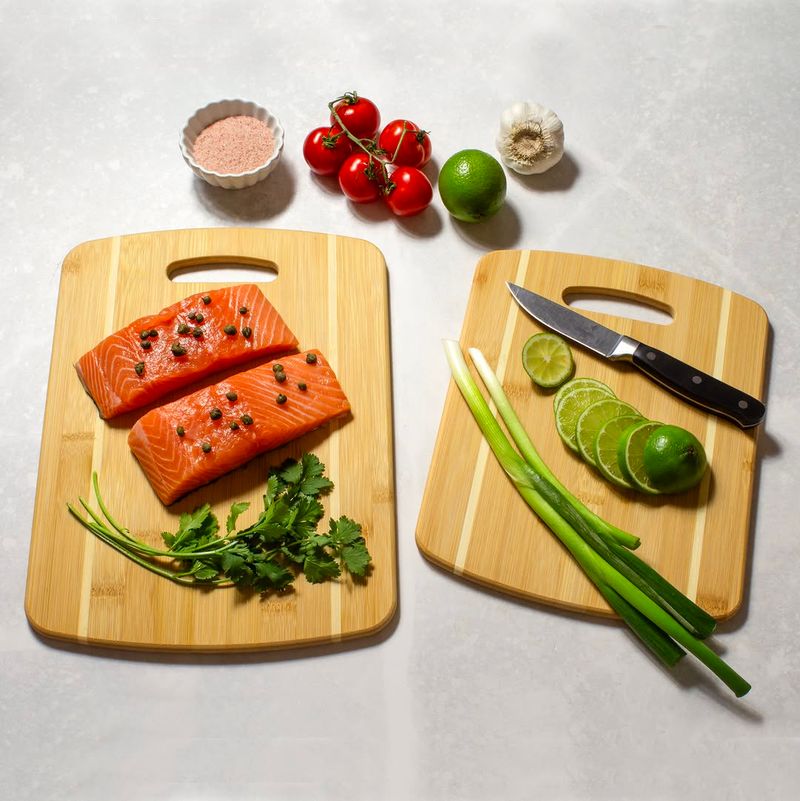
Cutting boards, versatile yet specific, can cross-contaminate if not used properly. Using one board for everything invites bacterial spread.
When juices from raw meats come into contact with fresh produce or ready-to-eat foods, bacteria like E. coli or salmonella can spread, putting your meal at risk. To prevent this, always use distinct cutting boards for meat and produce, or clean the board thoroughly between uses to ensure food safety.
22. Improperly Handling Seafood
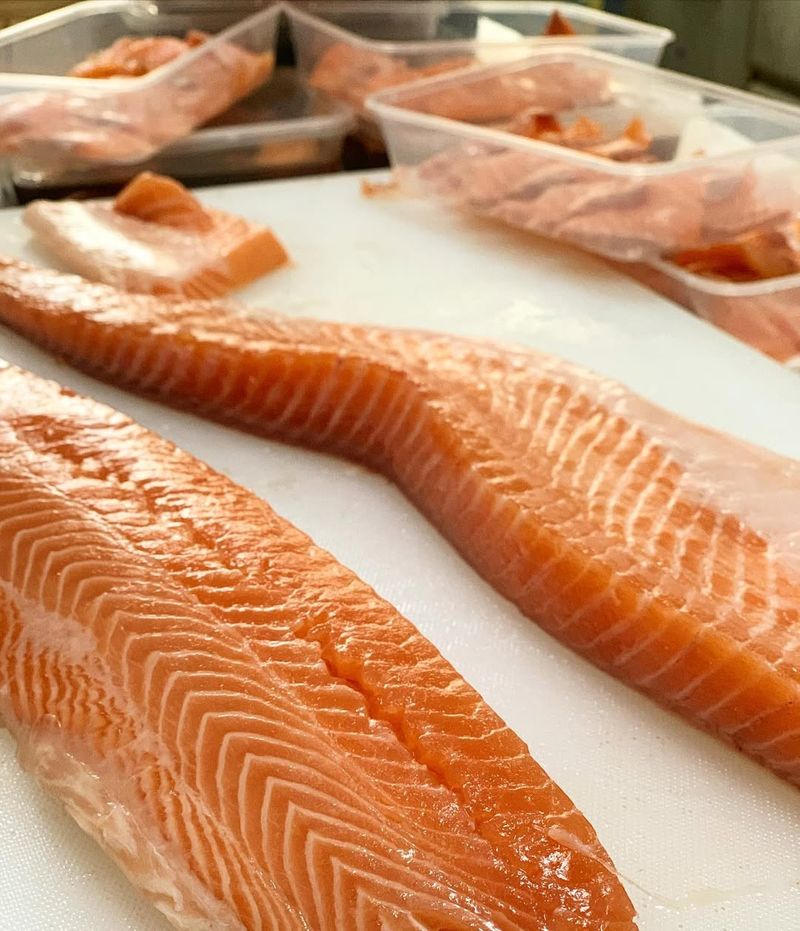
Improperly handling seafood can lead to serious health risks, such as food poisoning from bacteria or parasites. Seafood is highly perishable, and if not stored or cooked properly, it can harbor harmful pathogens like Vibrio or norovirus.
Always ensure seafood is kept at the right temperature, cook it thoroughly, and consume it within the recommended time to reduce the risk of foodborne illness.
23. Using Unripe or Overripe Fruits
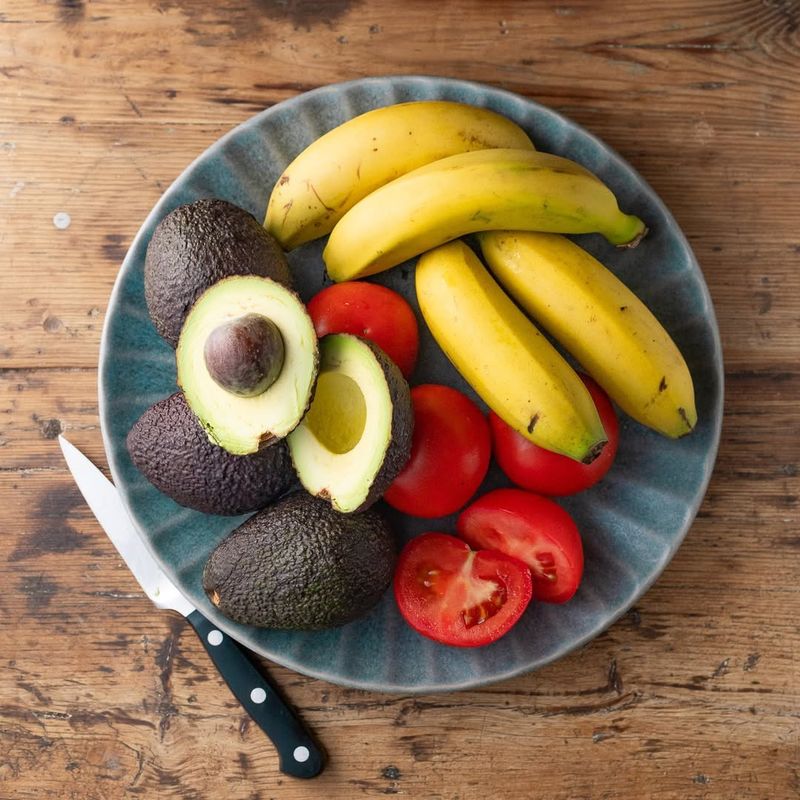
Fruits, though a sweet delight, can pose risks if unripe or overripe. Unripe fruits can be tough and difficult to digest, while overripe fruits can attract mold or bacteria that may cause stomach upset.
Always check the ripeness of fruits before using them in recipes, and if they’re past their prime, consider using them in smoothies or baked goods where their flavor can be better utilized without the risk of spoilage.

